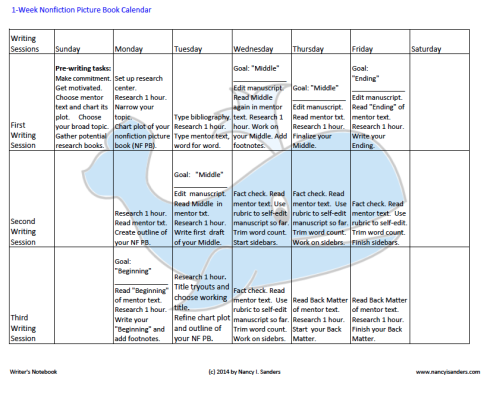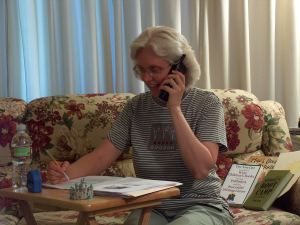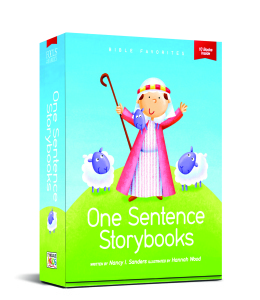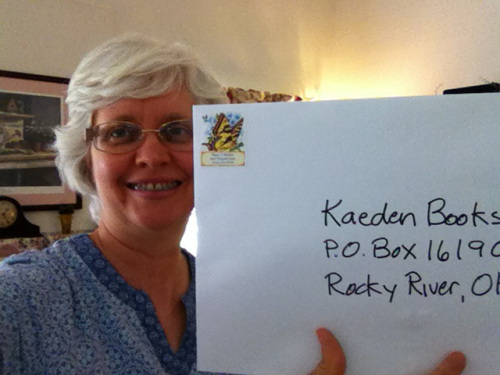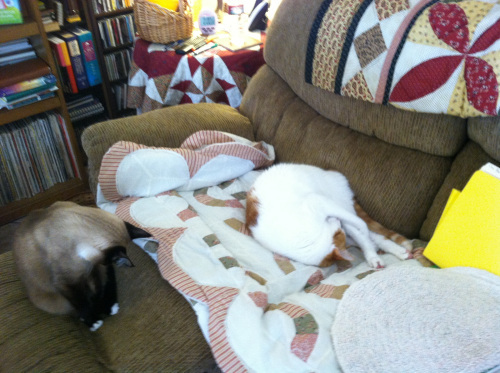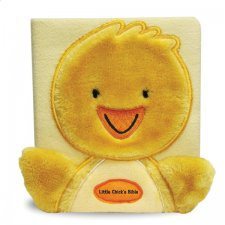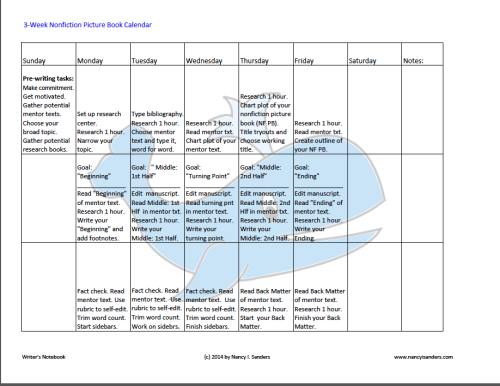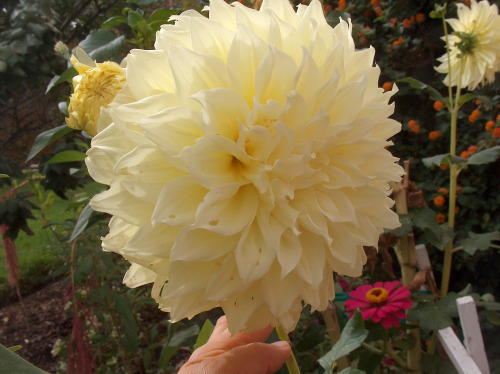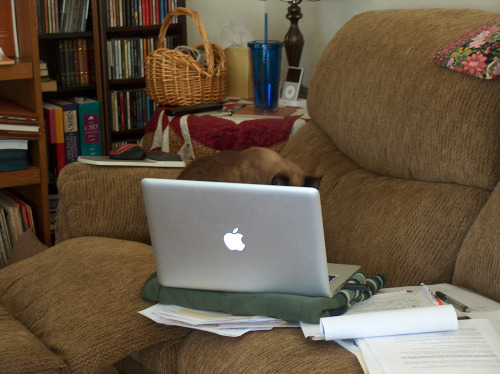Nancy I. Sanders's Blog, page 48
February 26, 2015
Following a Mentor Text
Thanks, Claire, for asking questions about how to know which page count to choose for your manuscript.
Let’s compare two nonfiction books that Kaeden publishes:
How to Make Snack Mix
How to Make a Card
First let’s look at the stats:
How to Make Snack Mix is for Kindergarten. It has 47 words and 16 pages. It is for Guided Reading Level C.
How to Make a Card is for 1st Grade. It has 69 words and 20 pages. It is for Guided Reading Level G.
Now let’s look at the sentence structure of both books:
How to Make Snack Mix starts with 2 sentences of instruction.
After that, most of the sentences are repeated following this pattern:
Put in one cup of peanuts.
Add one cup of marshmallows.
Add one cup of candy-coated chocolates.
Add one cup of raisins.
How to Make a Card, however,does not use repetition of sentences. Each sentence is new and structured differently.
So if you want to write a 16 page book, then I would recommend repeating most of the same sentence structure throughout. Plus use a shorter word count of about 50 words.
But if you want to write a 20-page book, then you can be more free to write a different type of sentence for each page. And you should use a longer word count of about 70 words.
Does this help clarify what you want your manuscript to be?
Filed under: Uncategorized

February 23, 2015
Write a NF Picture Book in 1 Week: Day 1
Download the calendar here:
1-Week Nonfiction Picture Book Predictable Plot Calendar.xlsx
Hope you’re ready to start on our newest adventure: Writing a nonfiction early reader in just 1 week!
Here’s the calendar we’ll be following this week. Basically, the way to read this calendar is to know that each column is for one day.
There are basically 3 writing sessions we’ll be doing each day. Read the calendar from top to bottom for each day of the week.
I like to spread these out: 1 before breakfast, 1 after breakfast, and 1 after lunch.
In other words, we’re putting in full days of writing this week.
Also, I tweaked this calendar to better reflect the predictable plots most of us are working on. That’s because Kaeden Books seems to use predictable plots mostly at this reading level.
Basically, a predictable plot doesn’t follow the 3-act structure. Instead, it follows a pattern it establishes in the beginning of the book and follows it through to the end even if it has one or two variations.
So let’s get started! Roll up your sleeves and have a happy day writing.
Filed under: Beginning Readers, Nonfiction, Picture Books

February 21, 2015
Welcome to My World!
I wanted to invite each of you to join me this upcoming Thursday for a telephone workshop I’ll be giving on Reader’s Theater plays.
I’m written tons of these over the years for publishers big and small including self-publishing my own scripts, too.
I like to recommend that every children’s writer learn how to write Reader’s Theater scripts because of the many, many benefits, so if you want to learn the basics plus lots of insider tips to guarantee success, join me live this Thursday, February 26 at 2:00 Pacific Standard Time. CLICK HERE to learn more about the teleclass and register for the event. (There are 11 pages of handouts you’ll get when you sign up!)
If it’s a bad time for you, you can always purchase the audio recording.
Also I wanted to invite you to check out the tips I offer for those of you who are helping your children learn how to read. CLICK HERE to read the post on my publisher’s blog for my newest books, a set of 10 Bible Stories just perfect for beginning readers, One Sentence Storybooks: Bible Favorites.
And if you want to help get the word out about these new books to others, be sure to click on the sharing buttons on Tyndale’s blog to share it with your online friends! Thanks bunches, dear friends!
Filed under: Writer Workshops

February 20, 2015
Write a NF Book in Just 3 Weeks: Submission Time!
I hope you are having as much fun as I am finishing up your manuscript you’ve been working on so hard these past 3 weeks!
I finally finished mine today, popped it in a big white envelope, wrote the address on the front, and am ready to zip it off to the post office to buy a stamp. I wanted to show you the photo I took to let you see!
So if you’re wrapping up your nonfiction picture book for Kaeden Books today ’cause you’re following the 3-week calendar, today’s a great day to submit it, too!
First go over the submission checklist from the last time we did this to make sure you have all your ducks in a row.
(Especially remember to include your SASE and the extra fun, super-duper strategy I recommend in the cover letter.)
And then get ready…next week we’re going to write out third nonfiction early reader to submit to Kaeden Books…all in one week! So if you’re planning on joining in the fun, be sure to grab a bunch of nonfiction books from your local library this weekend to use as your research.
Then starting in March, we’ll be joining CHABOOCHA (the Chapter Book Challenge!) all month here on my blog to write and submit a chapter book to Kaeden Books.
I’ve decided to use as my mentor text their book THE RED FLYER ROLLER COASTER, one of the books in the series, THE ADVENTURES OF SOPHIE BEAN, so if you want to follow along and use the same mentor text, go ahead and order a copy for yourself to use. When I ordered mine they shipped it right away so you still have time to get it and join in the CHABOOCHA starting in March.
Just remember, Kaeden Books says on their submission guidelines that they “have a particular need for beginning chapter books, unique non-fiction manuscripts, and manuscripts with strong characters that have potential to become a series.” We’re already tackling the nonfiction manuscripts and next on our plate will be beginning chapter book with strong characters that have potential to become a series!
Plus I thought you’d appreciate a look at my hard-working writing buddies who have been sleeping all morning on the couch next to me while I’m working hard to finish up my nonfiction book. Pitterpat–the Snowshoe Siamese– finally woke up to take a bath. (Maybe they finished their manuscripts last night?!!!)
Here they are!
Filed under: Beginning Readers, Chapter Books, Nonfiction, Picture Books

Citing Research and Using Footnotes
Thanks, Carole Jenks, for asking such a great question about using footnotes when we make our sidebars. For those of you who didn’t see Carole’s comment she posted, here it is:
Hi Nancy,I enjoyed your blog post about sidebars. I was wondering if you could send a screenshot of an example of how you do your footnotes for your manuscript? Do you put little numbers in your manuscript of where you got your information? Thank you for all of your help.
The answer is, yes, I put little numbers in my manuscript. For example I put my curser next to the word in my document I am citing my research for. Then I click on the Toolbar at the top of my Word document and click INSERT. Then I click FOOTNOTE and follow the commands in the pop-up box to put it at the bottom of my page. A little number is inserted automatically at the spot of my text that I had my curser. And at the bottom of my page it allows me to paste the title of the book along with the page number of where I found my info.
Here’s a screen shot of some notes I’m taking on FROGS right now: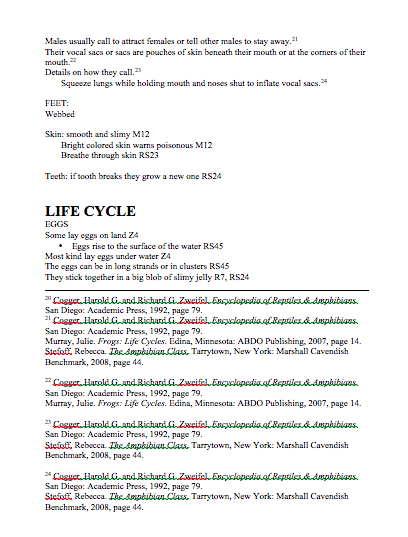
Here’s some info on the process I took to create that page of research notes:
As you can see on the 3-week calendar we’ve been following, typically, I schedule a time for research most days for an hour or so before I sit down to write each section I���m going to write.
Sometimes I sit in a chair and take notes by hand about what I read.
��� I often have my outline on a clipboard sitting next to me.
��� As I read the books I either add a new fact to my outline or add a second or third source to a fact that���s already on my outline.
��� I do this by hand.
Sometimes I sit at my computer desk to read my research books and take notes on my computer about what I read.
��� I have a little devise called a book chair. It holds the book open while I���m reading.
��� I can easily look back and forth from the book to my laptop and type in my notes into my outline in a very fluid method
There are two methods I use
Method #1:
��� On short projects such as a picture book or an easy reader, I���ll often insert a footnote.
o I state a fact.
o I insert a footnote
o In the footnote I copy and paste the entry for the book from the bibliography I���ve already created for my project.
o I add in the page number.
o The benefits of doing this is that all your complete citations are already in place if you need it to show an editor.
o The negative part about doing this is that you can have so many footnotes on each page that you only have 1 or 2 paragraphs of text. It gets bulky and can also be more time consuming.
Method #2:
��� On long projects such as Frederick Douglass for Kids, I use a special code.
o Since I���ve written numerous children���s books on African American history, I actually own several hundred key research books on my topic.
o Each of these books has its own special code.
o But just this past week I���ve been working on a manuscript about frogs. I borrowed a bunch of books from the library to use as my research books.
o I gave each of these books a special code, too.
On my bibliography, I make a second copy of it and type in the code I���m using for each book. For a short project, I just use alphabet letters. Sometimes I go from A-Z or sometimes I just use the first and last letters of the author���s name. Such as One book���s code could be RS if the author is Richard Sherman and another book could be TJ if the author is Tim Johnson.
Now on a manuscript where I���m literally using hundreds of books for my research, instead of making a second copy of my bibliography to keep track of my code, I just list my books in a long list using 1 or 2 key words from each title. I put the code next to it. I format my manuscript to have 3-4 columns of text.
��� I can have all my books with their codes on 1-2 pages like this.
��� If I forget what the code is for each book, I can search the document for it.
��� If I own the book, I write the code inside the front cover
��� If I borrow the book, I put a sticky note inside the front cover with the code on it.
So when I���m reading that book and plugging in notes on my outline, here���s what I do:
I simply write down the code and the page number I found that fact on. For example I might write down this fact:
��� The largest frog in the world is the Goliath Frog.
o After that fact, I will write down RS24.
��� This means I found that fact in the book by Roger Sherman on page 24.
��� Then when I���m reading a different research book and I find that same fact, I go back there and add TJ42 next to the RS24. This means I found the same fact on page 42 of the book by Tim Johnson.
o I like to have 3 sources listed next to each fact.
��� The benefits to this system is that
o your outline doesn���t get bulky with lengthy footnotes at the bottom of each page. Each fact simply has 3 little codes next to it.
o You can also move very quickly through your research by adding in such a simple reference for each fact.
o When you���re reading hundreds of pages of research, this system is my preference to use
��� The negatives to this system is that if your editor requires footnotes you have to go back through and plug in each of the citations from the bibliography along with the page number.
o But I just try to do this in chunks so it doesn���t get too overwhelming.
As you can see on the screen shot of the research on FROGS I am currently doing, I used both footnotes at the bottom and also a little code. That’s because I’m reusing this research for a long project so started using little codes instead of pasting the title of the book in the footnotes.
I hope this helps show the process that works for me. If any of you have tips on how you actually do your research, let us know!
Filed under: Beginning Readers, Bibliography, Nonfiction, Tips and Strategies

February 18, 2015
Write a Chapter Book in Just 1 Month!
This year I’ve signed up to join ChaBooCha, a challenge to write a chapter book from beginning to end in just one month. I’d like to invite you to join in the adventure! CLICK HERE to register so you can join this free challenge, too.
Starting March 1, there will be lots of fun as we interact within the community on ChaBooCha’s Facebook group and also ChaBooCha’s Twitter group. Plus there will be guest posts by authors, weekly prizes, and more! Thank you, Becky Fyfe for putting this challenge together!
So here’s the plan for those of you who are following along here on my blog:
1) Finish writing our NF Book in Just 3 Weeks this Friday. I’ll share how to submit it in an upcoming post, too.
2) Write our next NF Book in Just 1 Week next week from February 23-27. We’ll submit that to Kaeden Books, too. Watch for more info on this!
3) Starting March 1 here on my blog I’ll be sharing how to write a chapter book for Kaeden Books and the goal will be to join the ChaBooCha challenge and write it from beginning to end in just 1 month!
And for those of you who want to join in this challenge but aren’t sure where to start, what to do, and where to focus, you can register to purchase my teleclass workshop, Write a Middle Grade Novel in One Month.
I prepared that workshop by inviting my local writing buddies to my house for a month-long challenge to write a middle grade novel in just one month.
Then I took those handouts I created and those teaching strategies I taught to create this telephone workshop you can purchase today.
And THEN within the following year, I used all those methods and skills to land a contract to write the chapter book, Challenge on the Hill of Fire.
Since then, I continued to use those skills and handouts you’ll get when you sign up for the teleclass to write 4 more chapter books in that series! So I know these techniques work because I use them still today.
So how about it? I know some of you have been eager to start working on our chapter book submission to Kaeden Books. Are you up to the challenge? Sign up for ChaBooCha and join the adventure today. It starts March 1, right at your own writer’s desk.
Filed under: Beginning Readers, Chapter Books, Middle Grade Novels, Uncategorized

February 17, 2015
Book Review: Little Chick’s Bible
Little Chick’s Bible
A Chick to Hug, a Bible to Love
by P.J. Lyons
Art by Melanie Mitchell
Summary
Little Chick’s Bible is a sturdy board book that is covered with a soft plush cover including an adorable baby chick on the front with a beak and wings that are loose (like the chick’s hands) and can be held in little fingers. Creation, Noah, Baby Moses, David and Goliath, the Birth of Christ, the Good Samaritan, Feeding the 5000, and the death and ascension of Jesus are the passages that are included in this Bible. The rhyming text is playful, fun, and bursting with kid-appeal. The art is sweet, precious, and comforting. What a great Bible to give as a gift for Easter or as a baby shower gift!
What I Like
As a writer myself, I especially like how much fun the words are in these stories. For example in God’s Friend Noah, one part says:
God said, “Noah, build a ship,
Pack a zoo, and take a trip.”
Kids just love language like that! What a great read-aloud Bible. Each story is short but complete with a meaningful message as well–perfect for little listeners. The Scripture reference is included underneath each title.
I also like how this is a companion to Little Bunny’s Bible. Some of the stories are the exact same in both, but some are different ones altogether. This makes it even more fun to give as gifts in Easter baskets…you can choose which child to give the yellow chick and which to give the fuzzy bunny.
And did I mention how the art is absolutely adorable!!!! Kids will want to hug this cuddly book and will feel a natural love for God’s Word.
-Thanks, BookLook Bloggers for another wonderful free book in exchange for my honest review!
Filed under: Book Review

Write a NF Book in Just 3 Weeks: Week 3
Yesterday, today, and tomorrow if you’re following along on our three-week calendar, one of the main things we’re focusing on is writing our sidebars.
Over the years a lot of writers have asked me questions about sidebars. How are they formatted? What should be in a sidebar?
To help you as you’re writing your sidebars, CLICK HERE to see a post I made earlier about writing sidebars for these nonfiction picture books for Kaeden Books.
If you have any more questions, just let me know.
We’re on our last week now, and soon we’ll be ready to submit our stories to the publisher! Yay!
Filed under: Beginning Readers, Nonfiction, Picture Books

February 11, 2015
NF Submission Opportunities!
This is a photograph of a dinner plate dahlia that grew in my yard last summer. Each flower is as big as a dinner plate and lasts for a long time for us to enjoy.
Right now, though, the bulb is lying dormant underneath the dark brown dirt. From all appearances, it looks dead. But I know it’s not so I’m hopeful that one day soon the bulb will sprout and another beautiful plant will grow covered with giant yellow flowers as big as a dinner plate. I’m even building a trellis with my husband Jeff to put over it this summer to support it better as it grows.
Why am I mentioning this? Because this week as we are working on our nonfiction manuscripts, it may seem like nothing is ever going to happen with our manuscripts. How can they ever get published?!!!!
Well, even though things may seem dark, dormant, or even dead, there are actually publishing opportunities out there for us as writers of nonfiction for kids.
For example, we can submit to Kaeden Books (which I will walk you through the process after we finish writing this manuscript in 3 weeks).
But there are also other places we can write and submit nonfiction to!
Schoolwide is currently accepting unsolicited submissions. (Thanks to Tina Cho for sharing this opportunity with me! A lot of folks on the SCBWI Blueboards have shared that they’ve gotten manuscripts accepted by them.)
Also, Prufrock Press has put out a call for nonfiction submissions. Check out their guidelines, too…submissions are due by April 1.
And then there’s always the self-publishing route…I’m currently preparing a nonfiction unit to post on Teachers Pay Teachers…I’m reusing the research I’m doing for this nonfiction manuscript I’m writing in 3 weeks to write a unit to sell at my store at Teachers Pay Teachers…more about that soon!
So while you’re working on this manuscript to write it in just 3 weeks, know that there are opportunities out there for you to get published. This is a great exercise to do to help your nonfiction writing muscles grow.
Filed under: Beginning Readers, Inspiration, Nonfiction, Picture Books

February 9, 2015
Write a NF Book in Just 3 Weeks: Week 2
This week is all about writing. See? Even my cat Pitterpat has caught the writing bug. I found her using my laptop to write her newest nonfiction early reader: I LIKE TREATS.
Starting today, we’re writing the “Beginning” of our nonfiction early reader picture book.
If you’re following the mentor text SNOW, this means that all you have to do is write the very first page (which is actually the very first sentence) today.
And since SNOW has a predictable plot where every new page repeats the same pattern you established here on this first page, you’ll continue that pattern as you write the middle part of the book on Tuesday, Wednesday, and Thursday.
On the calendar you printed out to follow it says to write your “Middle: 1st Half” for Tuesday, your “Turning Point” for Wednesday and your “Middle, 2nd Half” for Thursday. That’s only if you’re writing a more complex story than SNOW that has all those elements.
So this is the time where you can actually write the main body text for your nonfiction story. Don’t worry about the sidebars yet or the backmatter. We’ll tackle those next week. Just write the text for your manuscript this week, keeping footnotes of the research you’re doing to back up the facts you’re stating.
Let me know if you have any questions.
Happy writing!
Filed under: Beginning Readers, Nonfiction, Picture Books

Nancy I. Sanders's Blog
- Nancy I. Sanders's profile
- 76 followers


